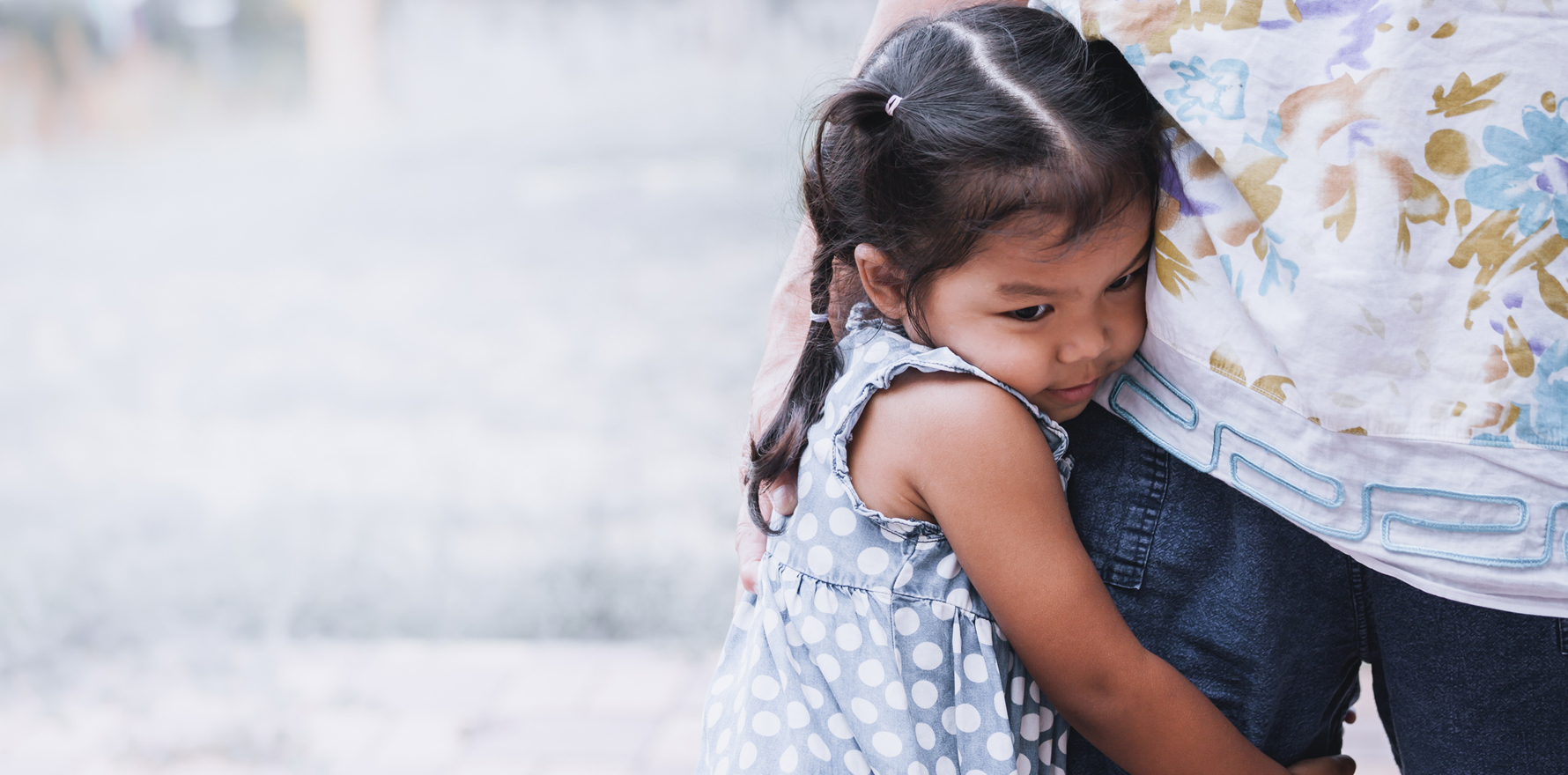When it comes to children with anxiety, it’s usually better to start treatment sooner rather than later
Children who persistently or frequently experience high anxiety need help, says psychologist Jennie Hudson, Professor and Director of the Centre for Emotional Health, at Sydney’s Macquarie University.
“There has been a tendency to believe kids are going to grow out of [their anxiety]”, she said. In the past, anxiety in children was believed to be normal part of growing up. In fact, in the first Australian Child and Adolescent Mental Health survey in 1998, the question of anxiety disorders in children was not included at all.
But the reality is, anxious children grow into anxious teenagers and then into anxious adults, and by then it is not only harder to treat, it is also too late to reverse much of the negative impact this condition has had on these people’s lives, she explained in an interview following her presentation on the subject at HealthEd’s Mental Health in General Practice evening seminar held recently in Sydney.
“Children need strategies to manage their anxiety now,” she said. “We, as health professionals need to be encouraging parents to seek help if they feel their child’s anxiety is interfering with their life.”
For GPs who are wondering about the most appropriate advice to give parents of anxious children, a key principle is to encourage children not to avoid tasks or situations they fear. Parents need to support their child in facing the situations that make them afraid, even if it is “bit by bit”, and celebrate each time they manage to accomplish even part of a feared task, be it at school, sport or socially.
“There is a natural tendency for a parent to protect their child from feeling anxious – they will answer for the child who gets worried about replying or say they don’t need to give the speech in class that is making them nervous for example”, but this tends to fuel the anxiety. By enabling the child to practise avoidance, the parent is inadvertently endorsing the child’s belief that this is something to be feared.”
Another important principle in managing anxiety in children is to try and get the child to identify their worried thoughts, what it is that they fear is going to happen.
Commonly a child will catastrophise the consequences of a situation for example “failing this maths test means my life will be ruined”.
Once the fear is described, the parent and child can discuss, logically, why this feared consequence is unlikely to happen.
“We call it ‘detective thinking’ – encouraging the child to develop strategies to undertake a realistic appraisal of the situation,” Professor Hudson explained.
In terms of resources available for parents, there are a number Professor Hudson recommends. Helping Your Anxious Child: A Step-by-Step Guide for Parents, written by Australian psychologists Ronald Rapee, Ann Wignall, Susan Spence, Vanessa Cobham, and Heidi Lyneham is practical, relevant and up-to-date.
Another good option is Helping Your Child with Fears and Worries 2nd Edition: A self-help guide for parents, written by UK experts in anxiety Cathy Creswell and Lucy Willetts.
As well as written material, there were some online programs and resources available, Professor Hudson said.
Macquarie University, Sydney has developed a couple of online programs, one called Cool Kids for 7-16-year-olds (mq.edu.au/about/campus-services-and-facilities/hospital-and-clinics/centre-for-emotional-health-clinic/programs-for-children-and-teenagers#Online) and another called Cool Little Kids (coollittlekids.org.au/) for children aged seven and under.
Another good, evidence-based, online program is Brave (brave-online.com/) designed for seven to 16-year-olds, and developed by researchers at the University of Queensland. Useful fact sheets for parents are available from Macquarie University’s Centre for Emotional Health website (mq.edu.au/research/research-centres-groups-and-facilities/healthy-people/centres/centre-for-emotional-health-ceh/resources) as well as the Raising Children: The Australian parenting website (raisingchildren.net.au)
For children with anxiety, CBT is recommended as the first line of treatment.
As the risk of adverse effects with CBT is negligible, it is recommended that treatment in children be commenced early on the basis of concern of the parent, carer or health professional.
There are a number of reliable screening measures for anxiety in children, including the Spence Children’s Anxiety Scale (scaswebsite.com). The SCAS has a parent, child and teacher report along with Australian norms for six to18-year-olds. The DASS21 is a reliable screening and monitoring tool for older adolescents.
Currently in Australia only two of the SSRIs, fluvoxamine and sertraline, were approved for use in children and adolescents with obsessive compulsive disorder, Professor Hudson said.
“There have been trials in Australia and the US combining CBT and sertraline.
“In our study, combining CBT and sertraline did not improve outcomes over and above CBT and placebo for children and adolescents with anxiety,” she added.


